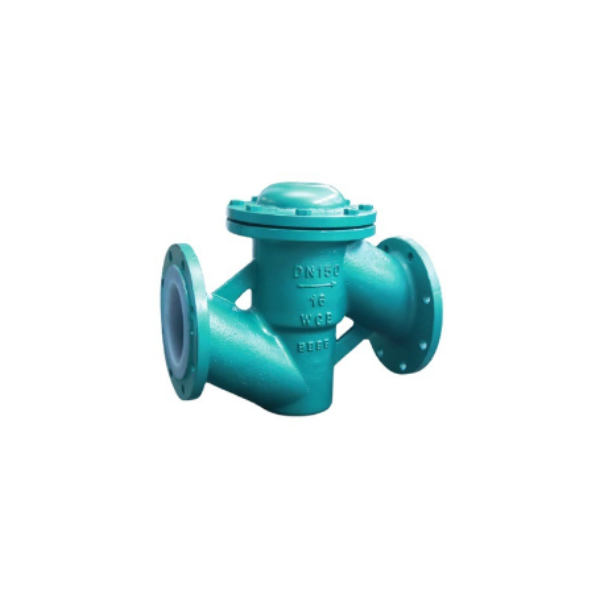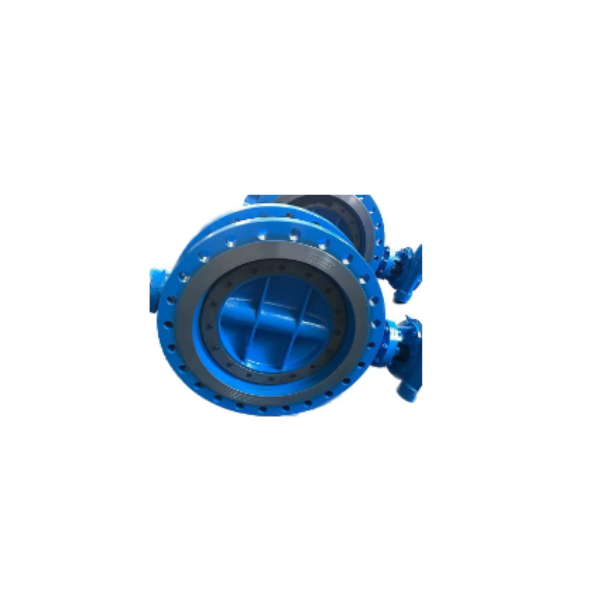Subscribe to OL+ for our best feature stories and photography. Just $1 per month »
Protect your boat from UV fade, mildew, dirt, and dust Cnc MachinING Parts

We may earn revenue from the products available on this page and participate in affiliate programs. Learn More ›
It seems ironic, but one of the most important things you can buy for your boat—which is made to take on the elements—is a boat cover to protect it from those same elements. The bottom line is that no matter how much you intend to use it, your boat will be sitting still and alone more than it’s occupied. Suppose you’re fortunate enough to have a garage, barn, or other building to house your boat. In that case, the rain, sun, and wind that otherwise wreak havoc on finishes and components may be kept at bay temporarily, but what about when you’re docked in a slip, staying at a hotel, or your marine technician for service?
Keeping the boat covered is often the best way to maintain its longevity and integrity. That starts with preventing oxidation and the intrusion of moisture, but there are far more considerations than just the weather: When trailering down a dirt road or through a construction site, an uncovered boat can fill up with all sorts of hard-to-remove particles. At a rest stop or motel, a cover won’t stop a thief or other ne’er-do-well from checking things out, but it might serve as at least a slight deterrent.
A friend of mine once left his boat at a marine dealer for an extended period for repairs—while it was safe inside the shop’s locked yard, and he kept the boat covered, he didn’t count on a battalion of feral cats working their way into his pride and joy through an opening at the back of the boat cover. A tighter cover would’ve kept him from having to smell cat urine for the rest of the time he owned the boat.
Invest in the best cover you can afford, and take into account your local climate, whether you’ll need the cover for trailering, and how to maximize coverage while minimizing abrasion. A custom cover from the manufacturer is often best, but they’ll often range from $1,000 to $2,000. If that’s out of your budget or not available, here are some of the best boat covers that are widely available:
This assignment to write about the best boat covers could not have come at a better time for me. I’d just taken delivery of my 2022 bass boat but due to the supply chain issues that have plagued just about everyone for the past two years, my cover was going to be delayed by four or five months. An uncovered boat just wouldn’t fly, either when staying at a lakeside motel, or when taking my boat back to the dealership for a few after-the-fact add-ons. I needed that new carpeting and glistening gel coat to be protected from prying fingers and the spring rains that plague our area. At the same time, I didn’t want to invest a lot in a short-term solution. That left me in a position to put some lower and mid-range options to the test for short periods of exposure.
This budget cover comes in multiple sizes and colors with adjustable straps for perfect fit. Despite being bargain priced, this cover packs a lot of features into a single (included) storage bag. They include an elastic cord sewn into the bottom hem to keep a tight fit at the margins, trimmable quick-snap straps, and reinforced seams to handle a lot of weight and pressure. With the seats in on my 20-foot bass boat, there was still enough material to get over the boat’s edges and create a tented shape to force water off, although the straps still could not pull it quite tight enough to make it suitable for trailering.
This bargain-priced option does well for theft-deterrence and minimally inclement weather. Boaters who are not going to combat extreme weather but who want to keep the sun and rain off of their boats will find great value in this remarkably versatile and well-fitting option. It’s more than just a tarp, as the package includes double-stitched seams, an elastic cord throughout the bottom hem, and air vents to prevent the inside from becoming a terrarium. Probably not ideal for long-term storage in a blizzard, or for trailering, but this inexpensive cover will pay for itself the first time it protects your boat from prying eyes, rodents or a nasty rain storm.
The Westland Select Fit is a step up from the bargain-priced covers, with more features and more weather resistance to show for it. This heavy-duty cover, which comes in multiple lengths, beam widths, and colors, is a step up from the basic models that come at a fraction of a price. It’s immediately obvious why—more heavy-duty materials and a greater thoughtfulness about rub points and durability. As opposed to some of the less expensive covers, I might feel comfortable trailering with this one at 70 miles per hour, and be confident that it holds in the right places. At the very least, it will excel if you keep your boat outside in places where there’s either heavy snow, strong sunshine, or both.
Although this cover is bargain-priced and only has a limited number of straps, it fits remarkably snug on a wide range of boats, even if you’re loaded up with deck-top accessories like bulky trolling motors or graphs. It doesn’t have as many straps for full customization as some of the others in its class, but it does have an elastic bow strap and reinforcements at the windshield, where the trolling motor lies, and at the corners. That means your boat will be protected for both the short term and the long term.
For boaters and anglers who need 12-month protection through a range of conditions, this cover comes in at a price below many of the truly custom options, yet with many of the same features. It’s reinforced and padded in the right places, so it protects your boat against the elements and any other interlopers and can be trailered long distances with the confidence that it won’t result in scratches to fiberglass, aluminum, windshields, or graphs. Granted, the price isn’t insubstantial, but if it alleviates the fear of major damage or disfigurement, it is well worth it.
There are quite a few comparable and semi-customizable boat cover options at the bottom end of the price spectrum, and this cover offers lots of features that are only standard in covers at two or three times the price. Those include reinforcement strips and double stitching that will allow it to prevail over semi-inclement weather. Probably not the best choice for trailering or if you live in an area with consistent blizzards or hail, but this does the job and will pay for itself in no time in areas with only occasional bad weather.
Does your boat have a poling platform? A high-mounted trolling motor? A windshield? Any of those factors can throw off a cover and make it tough to secure. You want your cover to be as snug as possible while not bringing undue pressure on any points that will suffer from it. If you have any of those options, it might be worth it to invest in a custom cover.
The best boat waxes aren’t enough protection. If you’re keeping your boat outside—in a slip, in a yard, or outside of a hotel – for any period of time, you want to protect it against the harshest elements. If it lets in water or fades over time, the cover has not done its job. Most covers will lose some level of waterproofness over time and can be treated with appropriate over-the-counter products, but out of the package, even an inexpensive one should be fairly impervious.
I do not like trailering long distances with my cover on the boat as I feel it reduces my sightlines and often impedes gas mileage. Furthermore, if the cover is not fully secure and padded in the right places, trailering with it on can do damage to your boat, leaving scratch and swirl marks in obvious places. Nevertheless, when towing through a storm or places where there’s likely to be heavy dust and dirt in the air, covered trailering may be a necessity. Very few universal fit covers handle this job well, but some do it better than others.
Yes, you should cover your boat in the winter to keep it clean and prevent mildew or rust. You’ll thank yourself come spring.
600D means 600 denier and is a measurement of the nylon’s thickness.
Boat covers typically range from $100 to $1,000 depending on materials and boat size.
Since 1898, OL has been a leading authority in testing and reviewing hunting gear, fishing tackle, guns and shooting equipment, and much more. We have more than a century-long history of evaluating products, and we’re now bringing that expertise to online reviews. Our editors are experienced outdoorsmen and women, and most importantly, we’re trained journalists. We prioritize field testing and objective data when reviewing products. We conduct interviews with gear manufacturers and engineers as well as outdoor experts so that our readers have an understanding of how and why a product works—or doesn’t.
Advertising does not influence our gear reviews and it never will. While we always focus our coverage on standout products—because we want our readers to be aware of the latest and greatest gear—we also cover the flaws and quirks of any given product.
The best boat covers protect your investment at home and on the road. They also keep down the amount of cleaning you need to do between uses. That’s why smart boat owners have a cover on their boat anytime it’s not in use.
Pete Robbins is one of Outdoor Life’s fishing tackle specialists and angling travel experts. He has written extensively about the bass tournament scene for nearly two decades. Recently, he’s expanded beyond that niche to include adventure travel and bluewater angling.
Carry your essential gear with these EDC packs
Find the best tights for hiking
Find a happy medium between clunky hiking boots...
Want more hunting and fishing stories?
Sign up to receive our emails.

Cam Coupling Articles may contain affiliate links which enable us to share in the revenue of any purchases made. Registration on or use of this site constitutes acceptance of our Terms of Service.